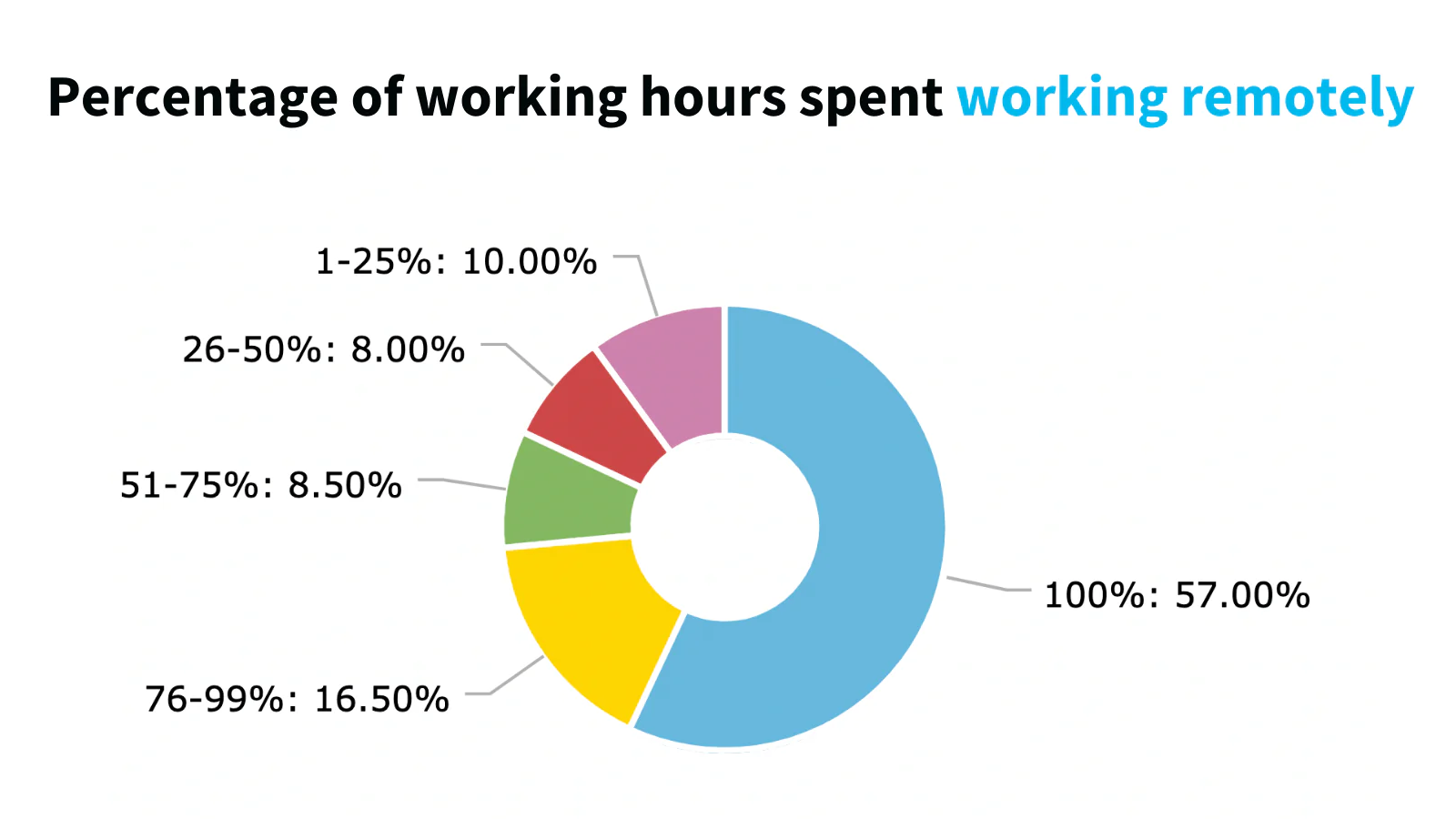More people than ever are working from home, and IT teams are being pushed to the limit trying to maintain both user productivity and corporate security. They need to be able to keep endpoints properly maintained, monitor network activity, troubleshoot issues promptly, and more — all while remote.
The job can feel overwhelming. But it doesn’t have to be. To help, we’ve drawn up a list of the essential best practices managing a remote workforce, along with tips for implementing them effectively.
Establish an Effective Password Policy
Strong cybersecurity password policies are a critical first line of defense against user accounts being taken over by cybercriminals. At the same time, businesses simply cannot afford the time, hassle, and frustration of forcing users to log in dozens of times a day or constantly memorize new passwords.
Therefore, it’s essential to choose a balanced approach to IT security password policies. Experts recommend requiring passwords with long and unique combinations with different elements, but no longer demanding that users change their passwords frequently. In addition, only a limited number of attempts to log in should be allowed before the account is locked out.
Require Multi-Factor Authentication and VPN on Remote Workstations
Remote endpoints are the most vulnerable of all IT assets, so they merit special protections. This is especially true of user-owned laptops, computers, tablets, and smartphones. Unlike company-owned machines, these personal devices are full of apps that haven’t been carefully vetted by IT admins.
Two strategies will help you help keep your critical and sensitive data out of the hands of cybercriminals: Require multi-factor authentication for all remote devices, and require all remote employees to use a corporate VPN configured and controlled by your IT team.
Enable Remote Troubleshooting
No matter how smart your IT team is or how hard they work, users are going to run into issues from time to time. But with workers scattered across the globe and IT teams working from home, troubleshooting can’t depend on IT pros being able to lay their hands on the device experiencing the issue.
Instead, consider investing in a feature-rich remote management and monitoring (RMM) solution. Remote desktop access enables IT teams to investigate user issues at the push of a button and resolve them remotely, boosting employee satisfaction and productivity while reducing IT costs and workload.
Keep All Endpoints Updated and Patched
Cybercriminals are notorious for discovering software vulnerabilities and exploiting them at lightning speed. To reduce your risk, it’s essential to keep all your software up to date by deploying updates and patches promptly.
That task was hard enough when all your endpoints were company-owned machines in the office; the modern remote workforce makes the job even tougher. Therefore, organizations today need a patch management solution that alerts IT teams to vulnerabilities across all endpoints, notifies them about new updates and patches as they become available, and enables them to install updates and patches on all required workstations simultaneously, either on-demand or during a scheduled off-hours window.
Keep Track of Your IT Assets
Lack of deep and accurate insight into hardware and software assets is a huge roadblock for IT teams. They cannot ensure that endpoints are provisioned properly, plan for software end-of-life dates, budget for hardware replacements, and more.
Therefore, it’s smart to invest in a solution that provides both a complete software inventory and a comprehensive hardware inventory. Be sure it provides real-time details such as versions, installation dates, endpoint names, processors, motherboards, memory, and drives.
Control Software Deployment and Removal
To keep users productive and the network secure, IT pros need to be able to automate both software deployment and removal. Look for a solution that makes it easy to distribute approved applications across a set of workstations, as well as to discover unapproved apps and services and remove them before they lead to downtime or security breaches.
Additional Tips for Managing a Remote Workforce
Properly managing a remote workforce is a complex task. Here are some additional tips for ensuring enterprise cybersecurity and productivity:
-
Require Encryption of Sensitive Data
To reduce the risk of data leakage and compliance violations, require employees to encrypt sensitive and regulated data before copying it to their personal devices or transmitting it over a network.
-
Train Users to Log Out
Make it mandatory for users to log out before they leave any endpoint that is connected to the corporate network unattended.
-
Mandate Wi-Fi Security Precautions
IT admins cannot control workers’ home networks, but they can and should insist that employees pay close attention to their Wi-Fi security and reliability. Emphasize that workers must never use an open Wi-Fi network that does not require a security key. Never ever.
-
Plan for Emergencies
Develop a list of events or situations that could lead to productivity problems or security incidents. Produce a comprehensive guide for what end-users need to do in those cases. Be sure to write clearly and succinctly, test your plan by walking through it with volunteers, and train everyone on the steps involved.
Investing in an Enterprise Cybersecurity Program
Here’s a quick checklist of the functionality IT teams need to manage a remote workforce effectively today.





